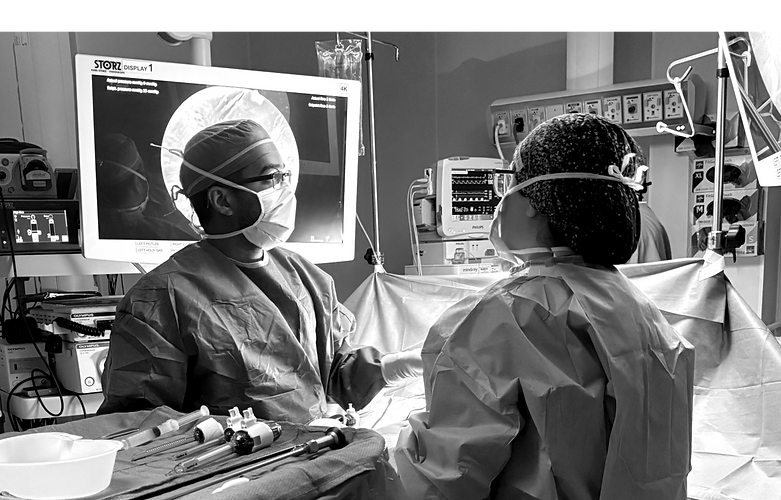Gallbladder Surgery
Discover our comprehensive gallbladder services designed to diagnose and treat conditions effectively. Learn about the gallbladder's function, diagnostic tests, and surgical procedures.

Signs and Symptoms
Review the signs and symptoms of gallbladder disease.

Diagnostic Testing
Explore the range of diagnostic tests we offer to identify gallbladder diseases accurately. From ultrasounds to HIDA scans, we ensure an accurate diagnosis for treatment.

Treatment
Learn about the surgical procedures we perform for gallbladder conditions. Our expert surgeons provide compassionate care and guide you through the process for a successful recovery.
Signs and Symptoms

-
Symptoms: sharp or stabbing, right-sided or epigastric (upper central) abdominal pain that can migrate to the right side of the back or right shoulder, vomiting, indigestion, nausea.
-
Gallbladder problems are usually caused by the presence of gallstones
-
Risk Factors: being female, prior pregnancy, age over 40 years and obesity. Gallstones are also more common as you get older and some people may have a family history of gallstones.
-
There is no known means to prevent gallstones.
-
These stones may block the flow of bile out of the gallbladder causing symptoms.
-
Gallstones that block the common bile duct can cause jaundice (yellowing of the skin), infection, and pancreatitis (inflammation of the pancreas).
Diagnostic Testing

-
Ultrasound is most commonly used to find gallstones.
-
In some cases, other tests such as a CT scan or a gallbladder nuclear medicine scan may be used to evaluate gallbladder disease.
-
Gallstones do not go away on their own. Some can be temporarily managed by making dietary adjustments, such as reducing fat intake. This treatment has a low, short-term success rate. Symptoms will almost certainly continue unless the gallbladder is removed. Treatments to break up or dissolve gallstones are largely unsuccessful without any proven long term benefit.
Surgery

-
The operation typically requires four small incisions on the abdomen.
-
Patients usually have minimal post-operative pain.
-
Patients usually experience faster recovery than open gallbladder surgery, where a bigger incision is made.
-
Most patients go home the same day of the surgery and enjoy a quicker return to normal activities and work.
-
This is performed under general anesthesia, so the patient is asleep throughout the procedure.
